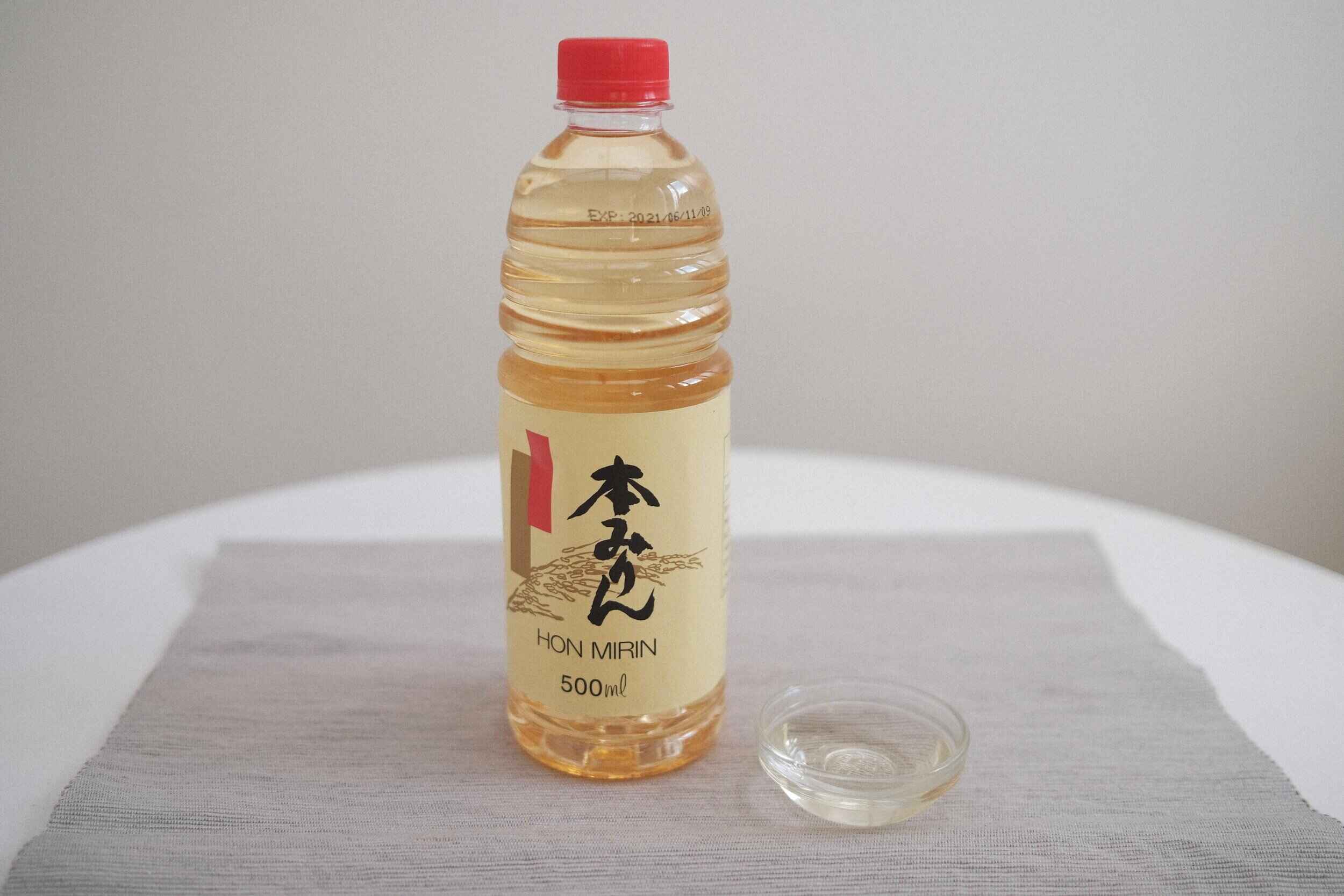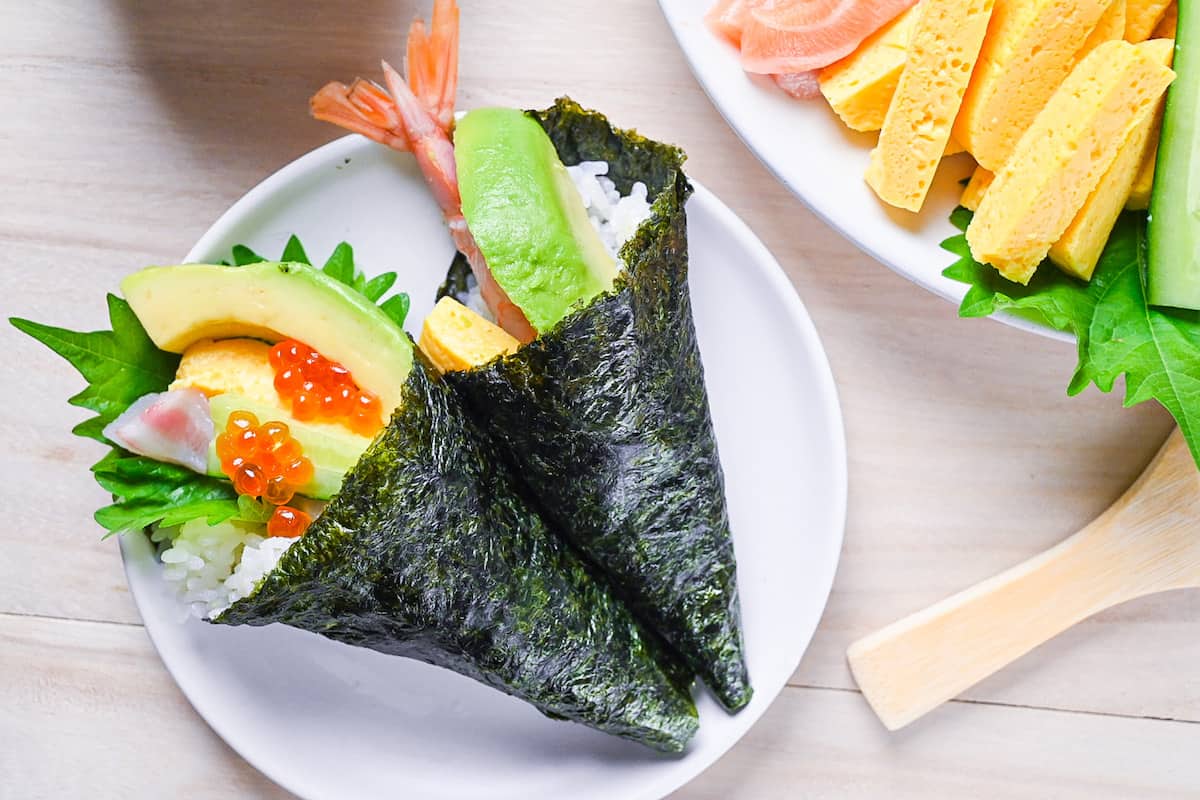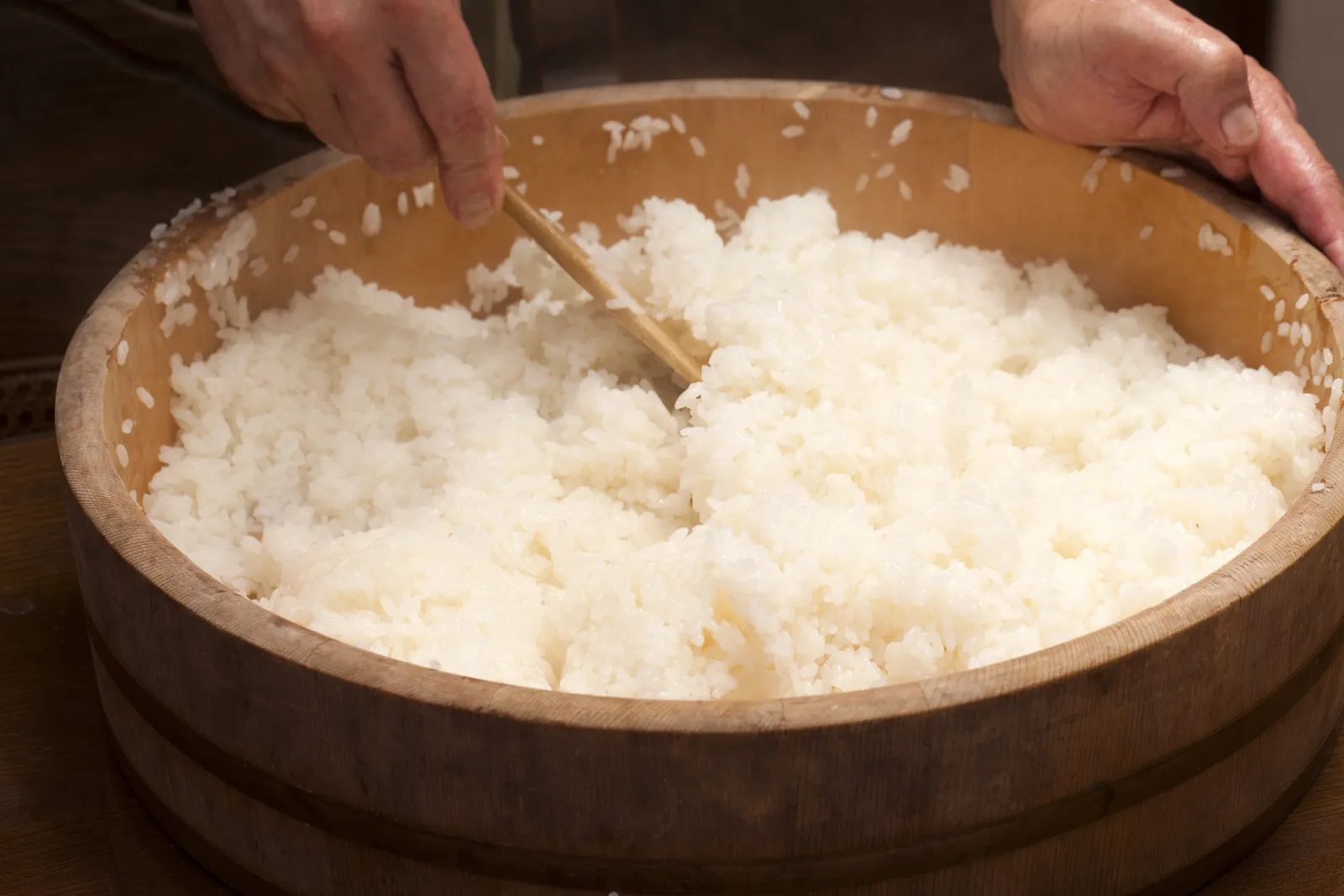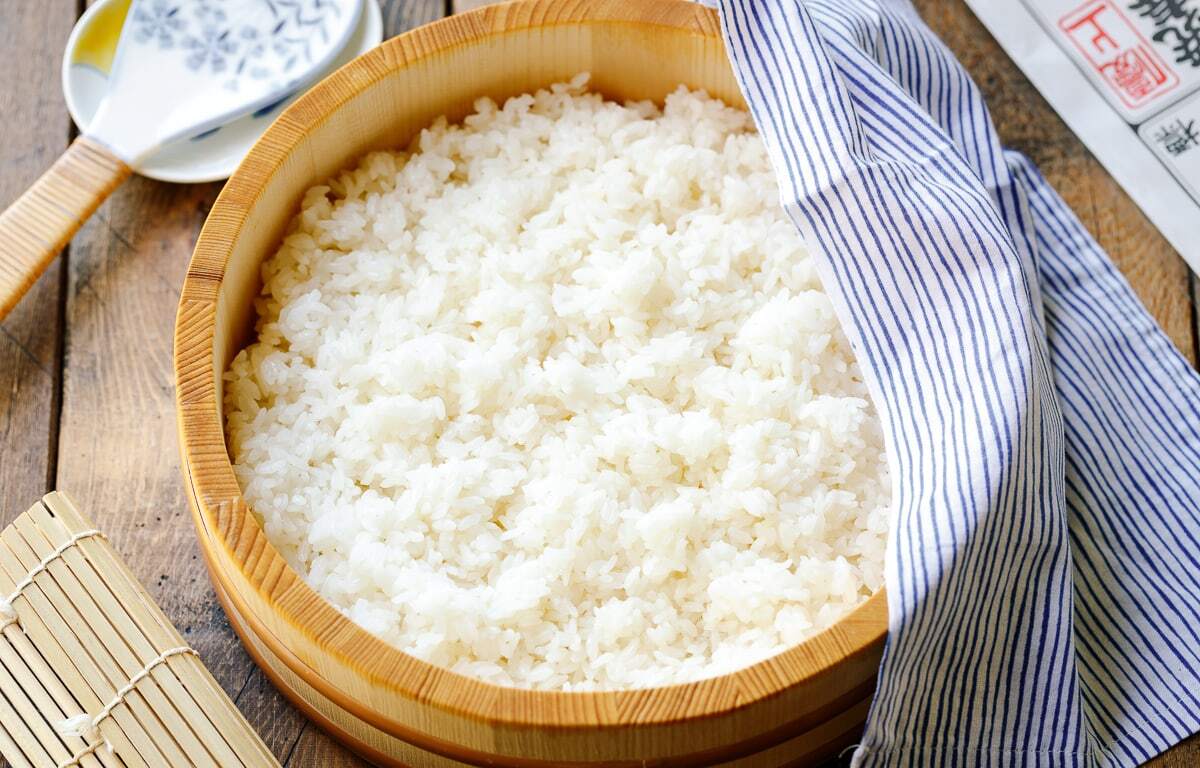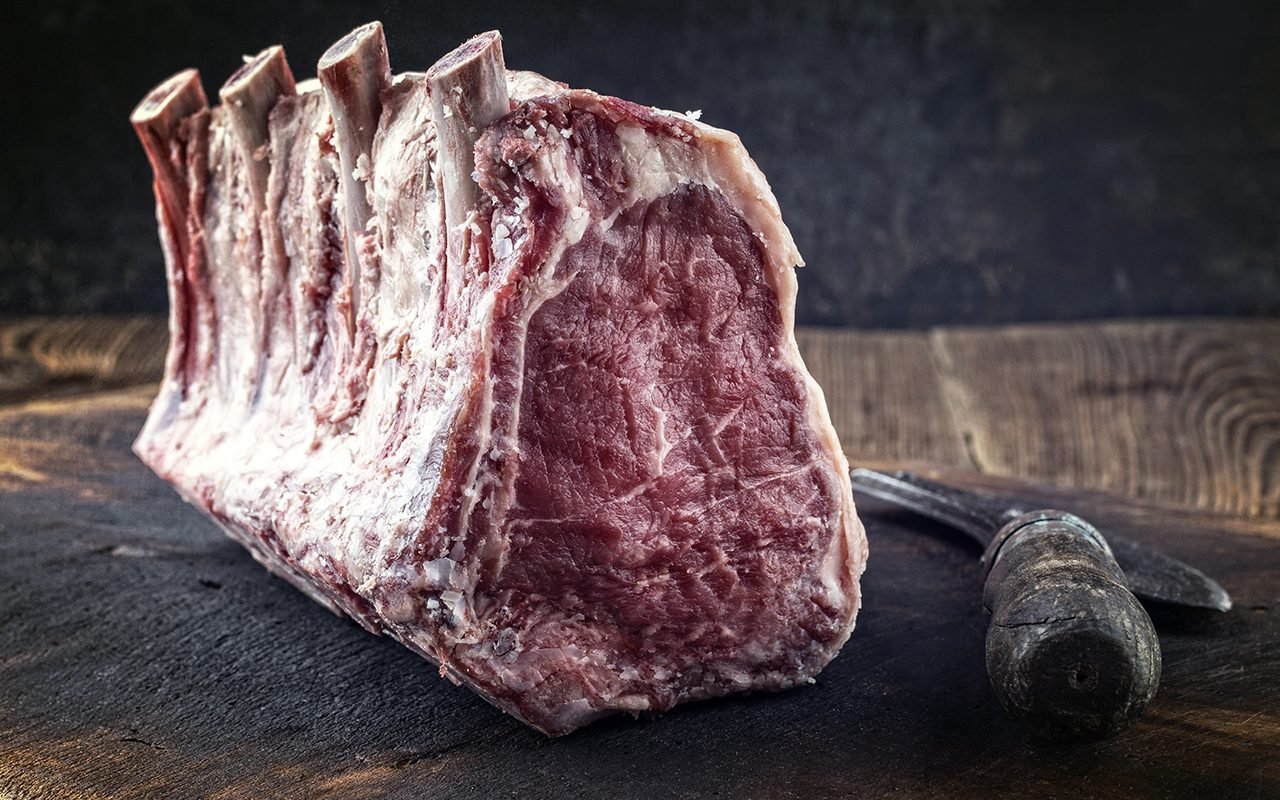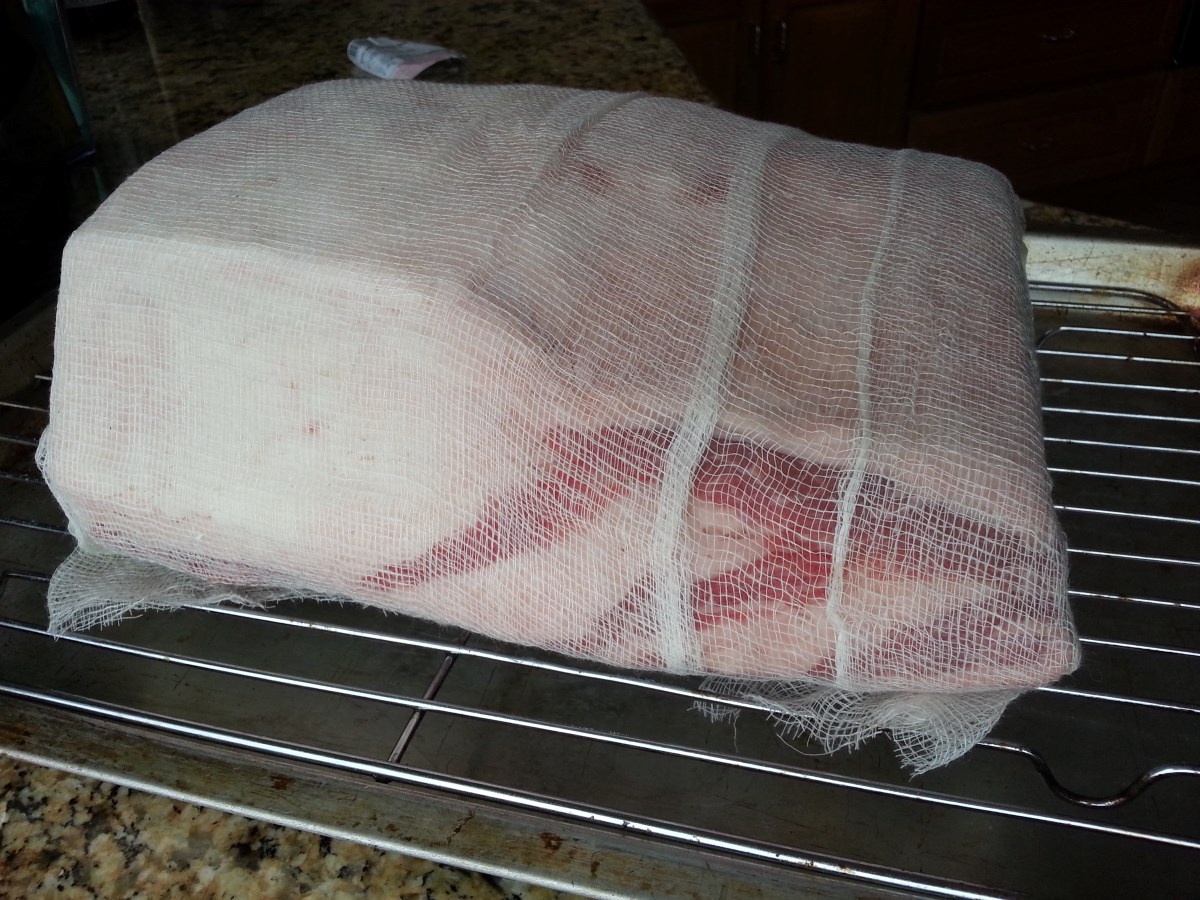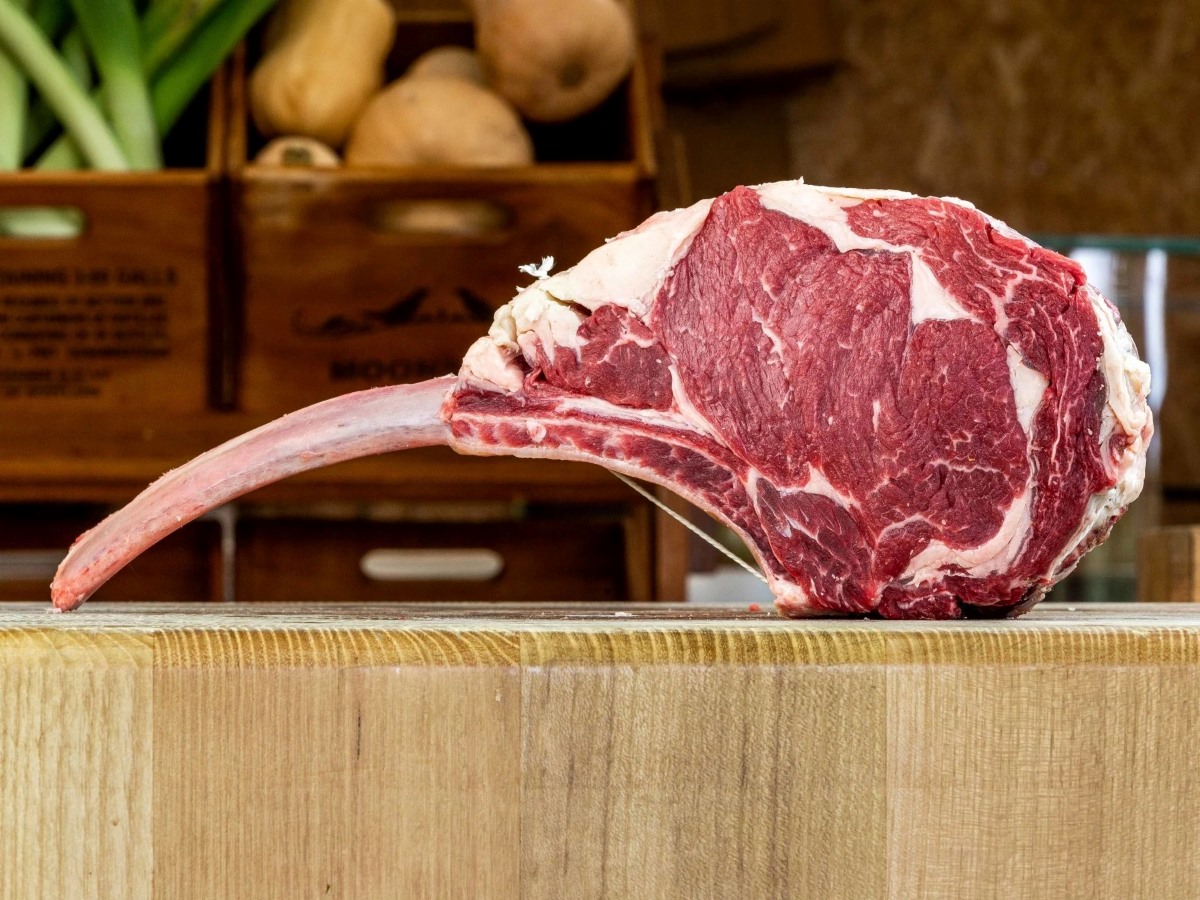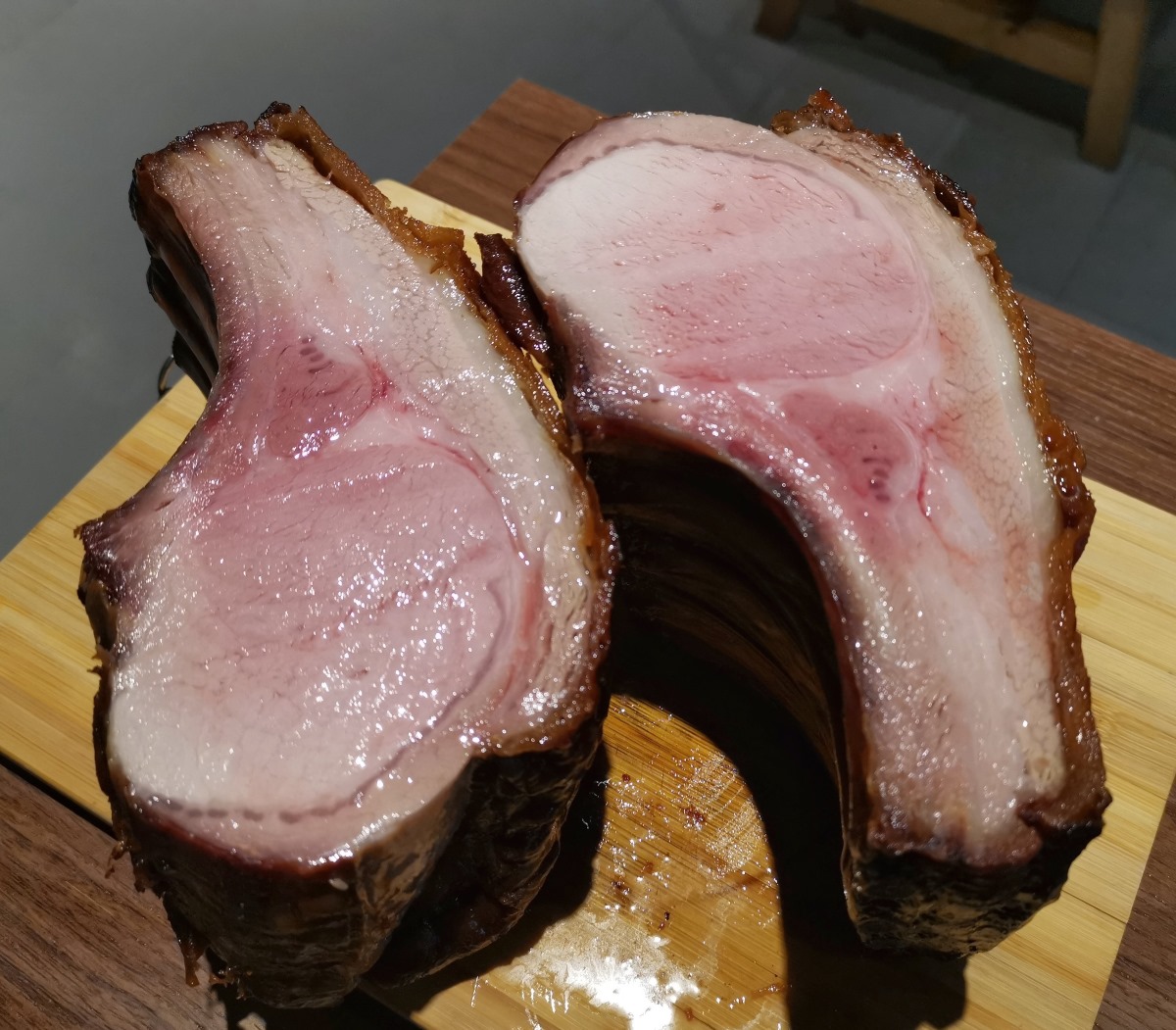Ever wondered how to transform regular rice into perfect sushi rice? You're not alone. Sushi rice, with its distinct sticky texture and slightly sweet flavor, is essential for crafting authentic sushi. Fortunately, you don't need specialized rice to achieve this; you can start with the rice you already have in your pantry. Through a simple process involving rinsing, cooking, and seasoning, regular rice can be turned into a sushi-ready base. This guide will walk you through each step, ensuring you have the foundation needed for delicious sushi rolls right at home. Ready to learn? Let's dive into the art of making sushi rice from regular rice.
Gather Your Ingredients
- 2 cups short-grain or medium-grain white rice
- 2 1/2 cups water
- 1/2 cup rice vinegar
- 2 tablespoons sugar
- 1 tablespoon salt
Essential Tools for Perfect Sushi Rice
- Rice Cooker or a medium-sized pot with a tight-fitting lid
- Fine Mesh Strainer for rinsing rice
- Wooden Spoon or a paddle for mixing
- Bowl for cooling and seasoning rice
- Measuring Cups for precise ingredient portions
- Fan (optional) to speed up cooling process
Transform regular rice into sushi rice by rinsing grains until water runs clear, then simmering with a mix of vinegar, sugar, and salt. Cool completely before using for sushi.
The Art of Transforming Regular Rice into Sushi Rice
Transforming regular rice into sushi rice is a clever kitchen hack that broadens your culinary horizons without needing specialized ingredients. This process involves adding vinegar, sugar, and salt to cooked rice, mimicking the distinct tangy flavor and sticky texture that sushi rice is famous for.
Embracing this technique allows home chefs to experiment with sushi-making, using what's already in their pantry. It's a testament to creativity in cooking, proving that with a bit of ingenuity, you can recreate beloved dishes from around the world right in your own kitchen.
Your Step-by-Step Sushi Rice Transformation
- Rinse rice thoroughly under cold water until water runs clear, removing excess starch.
- Soak rice for 30 minutes in its cooking pot, covered with water. This step ensures grains absorb water evenly.
- Drain rice well after soaking, ensuring all excess water is removed.
- Cook rice according to package instructions, but reduce water slightly for a firmer texture suitable for sushi. Typically, use a ratio of 1 cup rice to 1.2 cups water.
- Prepare sushi vinegar by mixing rice vinegar, sugar, and salt in a small saucepan. Heat gently until sugar and salt dissolve. Cool to room temperature.
- Transfer cooked rice to a large bowl, preferably wooden (Hangiri), to help absorb excess moisture and cool the rice quickly.
- Season rice by pouring the cooled sushi vinegar over the hot rice.
- Fold rice gently with a spatula or a wooden spoon, using a cutting motion to avoid crushing grains. Fan rice simultaneously to cool it down to room temperature quickly and give it a glossy finish.
- Cover rice with a damp cloth until ready to use, to prevent drying out.
Mastering the Art of Sushi Rice
Transforming regular rice into sushi rice is a skill that elevates your home cooking to new heights. With patience and practice, anyone can master this culinary technique. Remember, the secret lies in the balance of vinegar, sugar, and salt, combined with the right cooking method. Whether you're aiming to impress guests or just treat yourself to a sushi night at home, the ability to turn everyday rice into sushi-grade rice is a game-changer. Keep experimenting with proportions to find the perfect mix that suits your taste. Don't forget, the journey to perfect sushi rice is as rewarding as enjoying the delicious sushi you'll make with it. So, grab your apron, and let's keep making sushi magic happen in our kitchens!
All Your Questions Answered
Can I really turn regular rice into sushi rice?
Absolutely! With the right technique and a few key ingredients, transforming regular rice into sushi rice is totally doable. It's all about achieving that perfect balance of stickiness and flavor.
What kind of regular rice works best for making sushi rice?
Short-grain rice is your best bet. It naturally has a stickier texture compared to long-grain varieties, making it closer to traditional sushi rice. If short-grain isn't available, medium-grain can also work in a pinch.
How do I get the right stickiness in my sushi rice?
Stickiness comes from properly washing the rice before cooking to remove excess starch. After cooking, the secret weapon is a seasoned vinegar mixture gently folded into the warm rice. This not only adds flavor but also enhances the sticky texture ideal for sushi.
What ingredients do I need to season sushi rice?
You'll need rice vinegar, sugar, and salt. Some folks like adding a piece of kombu (dried seaweed) while the rice cooks for an umami boost, but this is optional. The key is getting the proportions right to create that signature sushi rice tang.
Can I use a rice cooker to make sushi rice?
Sure thing! A rice cooker simplifies the process, ensuring your rice is cooked perfectly every time. Just remember to season it after cooking, as this step is crucial for turning plain rice into authentic sushi rice.
How long does homemade sushi rice keep?
Ideally, you should use your sushi rice the same day you make it for the best texture and flavor. However, if you've got leftovers, they can be stored in the fridge for up to a day. Just gently reheat it with a sprinkle of water to bring back some of its original softness.
Any tips for spreading sushi rice on nori without it sticking everywhere?
Wet your hands or a spatula with water and a bit of rice vinegar before handling the rice. This trick keeps the rice from sticking to your hands and makes spreading it on nori a breeze. Remember, a light touch is key; you don't want to compact the rice too much.
Was this page helpful?
Read Next: How To Make Sushi Rolls Ingredients


